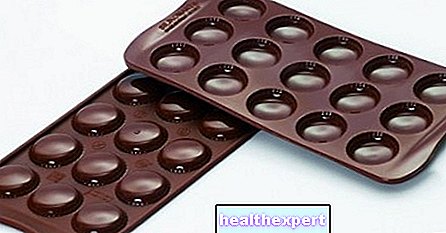The different types of flour
Flour is ground wheat which, thanks to the starch and gluten contained in it, gives shape and texture to foods.
The rate of extraction
It is the proportion of flour produced from a certain initial amount of wheat. If from 100 kilos of wheat we get 75 kilos of flour, the extraction rate will be 75%. The higher the extraction rate, the lower the quality of the flour, and vice versa.
The types of flour
See also

0 is the first choice flour: those of types 1 and 2 are progressively less white and richer in bran, and, finally, wholemeal flour is made with all the germ and is the most complete from a nutritional point of view.
In the kitchen, 00 flour is suitable for preparing fresh pasta, egg pasta, desserts and bechamel, 0 is better for bread and fresh pasta, 1 for bread and pizza, wholemeal is ideal for making bread wholemeal while mixed in half with white flour gives rustic pizza.
Read also: The sourdough recipe
To know
- If the flour has a bluish or reddish appearance, do not use it, it is definitely spoiled.
- The size of the seeds varies according to the producer. A good flour is thin, soft and delicate.
- The flour mixed with water allows you to obtain an elastic and soft dough, thanks to the gluten.
- Flour must always be stored in an airtight box, away from humidity and heat.
- Gluten-free flours do not swell during cooking and must be mixed with other types of flour to be transformed into bread.
The other types of flour
![]()

-shopping.jpg)

